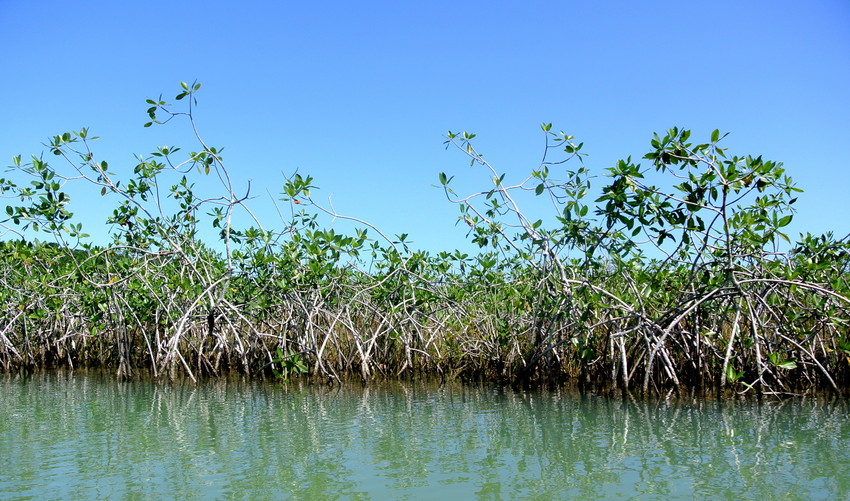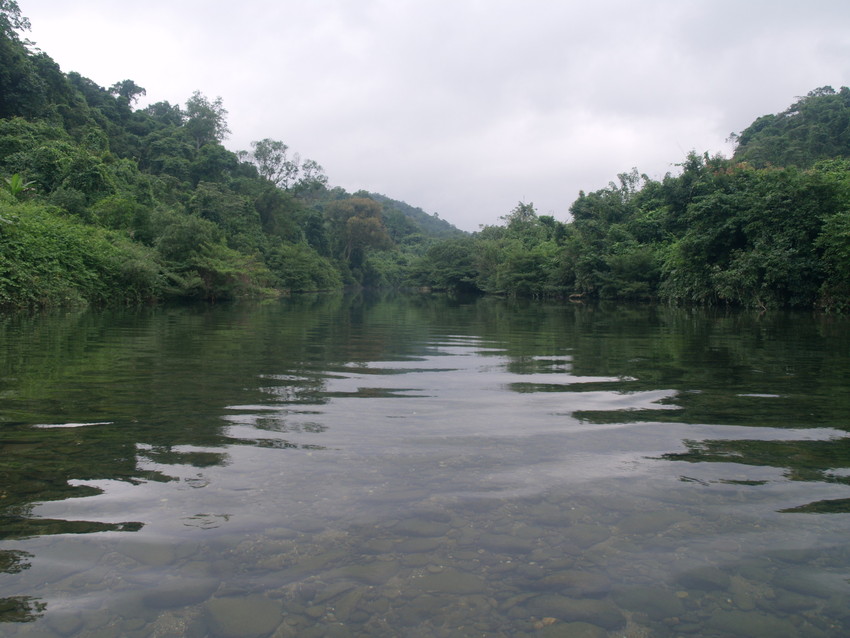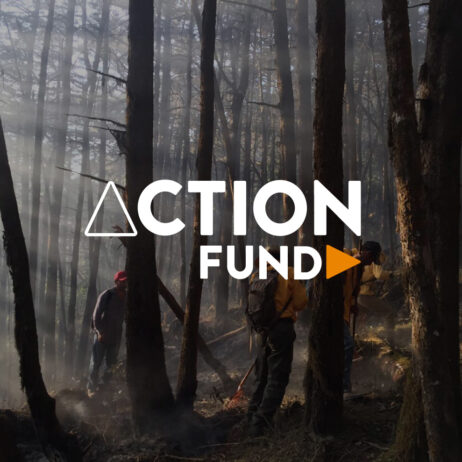
Land purchase doesn’t just protect a vulnerable terrestrial landscape; it plays a significant part in maintaining many healthy habitats, including water – an essential element to life on Earth.
When we talk about water conservation, we often talk about the ways that we can reduce the amount of water that we use, as only 0.5% of Earth’s water is fit for human consumption. But active environmental conservation not only helps to make sure water is available but that the water itself is in optimal condition to provide and support its local ecosystem.
Water and Climate Change
There are many visible signs of climate change; degraded land, melting glaciers, raging wildfires. There are also several less visible, but just as striking, changes to the natural world. These unseen changes are not surprising. As increasing temperatures disrupt natural cycles, it only takes one part of the chain to be affected, for the impact to become much widerreaching. Quite simply, climate change “affect[s] the availability, quality and quantity of water for basic human needs, threatening the effective enjoyment of the human rights to water and sanitation for potentially billions of people.” (The United Nations World Water Development Report 2020: Water and Climate Change). But these effects are also relevant to the habitats and species living in these water sources, perpetuating the cycle of degradation, deprivation and decline in vulnerable habitats.

Barba Azul Reserve © Asociación Armonia
Water and Conservation
Not only is it essential to consider ways to use water sparingly, but to also proactively take steps to maintain the health of every type of water source. According to Ocean Conservancy, “Every year, 8 million metric tons of plastics enter our ocean on top of the estimated 150 million metric tons that currently circulate our marine environments.” Meanwhile, 35 per cent of mangroves – one of the most carbon-rich habitats – have been lost since the 1980s (phys.org). Because it is not only fresh, drinkable water that we, and other species, need. Rivers and oceans provide food, income and, such as in the case of mangroves, protection from extreme weather. Water conservation is essential for humans, habitats and species.

Mangroves at Laguna Grande, Guatemala. Credit: WLT/Bethan John
Forests Help Maintain Water Health
Trees and forests are vital to healthy water. The canopy releases water vapour and protects the ground beneath from erosion due to rainfall. Meanwhile, the root systems, while also guarding against soil erosion, are also integral to water filtration, keeping water unpolluted by protecting water sources from runoff.
Without protection, habitat degradation and climate change will continue to affect the water cycle through precipitation changes generated by the rising global temperature, directly affecting the terrestrial water budget (UN World Development Water Report 2020). This will cause increased rainfall in some areas, but in drier regions, evaporation from land surface will decrease further, leading to reduced water volume and availability (IPCC, 2018). However, this will also affect the plants and trees in the area and play a part in further degradation if steps are not taken to prevent it.

Khe Nuoc Trong. Credit: WLT/Natalie Singleton
Protecting Land to Protect the Water
Our land protection model provides a way to interrupt these negative changes. Whether through the purchase of rainforests, or the creation of corridors between fragmented wildernesses, it is possible to turn the climate crisis tide. It is important to remember that ecosystems exist in many interconnected habitats that all have a part to play in thriving biodiversity. In Colombia, the forests of Barbacoas offer protection to the wetlands and Magdalena River from erosion while also maintaining the health of the water. This is not only imperative for the at-risk species found in this wilderness but the local communities that depend on the water not only for their health but their income too.

Barbacoas, middle Magdalena Valley, Colombia ©WLT/Richard Cuthbert
It is so easy to take water for granted, but without it, life could not survive. Water nourishes, keeping entire ecosystems and habitats healthy for native plants and species.
Further Reading from the UNESCO Water Assessment Programme

